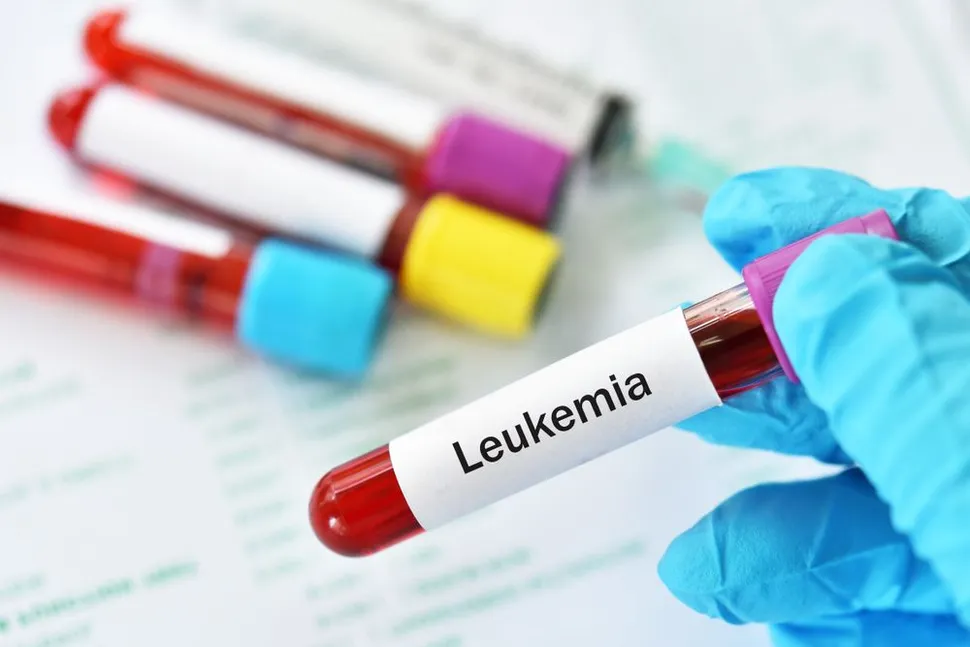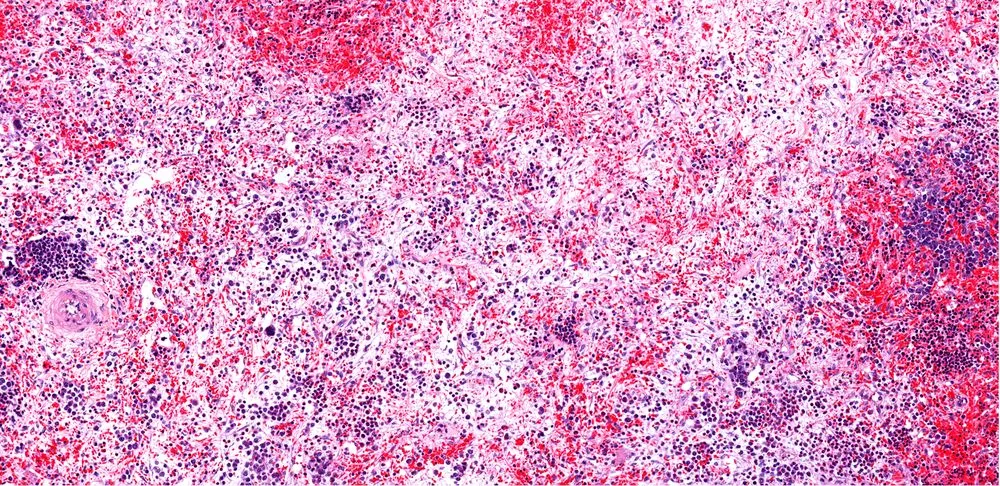How Does MDS Progress to AML?

Myelodysplastic syndromes (MDS) are a group of bone marrow disorders characterized by abnormal blood cell production and maturation and an increased risk of transformation into acute myeloid leukemia (AML).
The order in which genetic mutations occur during MDS progression to leukemia is important for assessing the prognosis and developing new treatments.
MDS progression to AML appears in approximately 30–40% of MDS patients and is associated with a blast count ≥20% in the bone marrow. MDS transformation into AML is relatively rare in low-risk MDS cases but is more frequent and rapid in high-risk MDS cases.
Common High-Risk MDS Mutations That Can Progress to AML Include:
- TP53 mutation
- Chromosome 17 abnormalities
- Monosomy 7
Understanding MDS and AML genetics can be challenging, even for specialists. However, they play an important role in decision-making regarding possible clinical trials, treatment options, and check-ups to evaluate the disease.
HealthTree University is the first free and comprehensive online curriculum for patients to learn everything they need to know about their disease. Get exclusive access to the latest content as soon as it's filmed!
Myelodysplastic syndromes (MDS) are a group of bone marrow disorders characterized by abnormal blood cell production and maturation and an increased risk of transformation into acute myeloid leukemia (AML).
The order in which genetic mutations occur during MDS progression to leukemia is important for assessing the prognosis and developing new treatments.
MDS progression to AML appears in approximately 30–40% of MDS patients and is associated with a blast count ≥20% in the bone marrow. MDS transformation into AML is relatively rare in low-risk MDS cases but is more frequent and rapid in high-risk MDS cases.
Common High-Risk MDS Mutations That Can Progress to AML Include:
- TP53 mutation
- Chromosome 17 abnormalities
- Monosomy 7
Understanding MDS and AML genetics can be challenging, even for specialists. However, they play an important role in decision-making regarding possible clinical trials, treatment options, and check-ups to evaluate the disease.
HealthTree University is the first free and comprehensive online curriculum for patients to learn everything they need to know about their disease. Get exclusive access to the latest content as soon as it's filmed!

about the author
Jimena Vicencio
Jimena is an International Medical Graduate and a member of the HealthTree Writing team. She has a passion for languages and is currently learning Japanese. In her free time, she loves playing with her cats. Jimena is also pursuing a bachelor's degree in journalism.
More on Core Education
Trending Articles
Get the Latest Myelodysplastic Syndromes Updates, Delivered to You.
By subscribing to the HealthTree newsletter, you'll receive the latest research, treatment updates, and expert insights to help you navigate your health.
Together we care.
Together we cure.
3x Faster.









